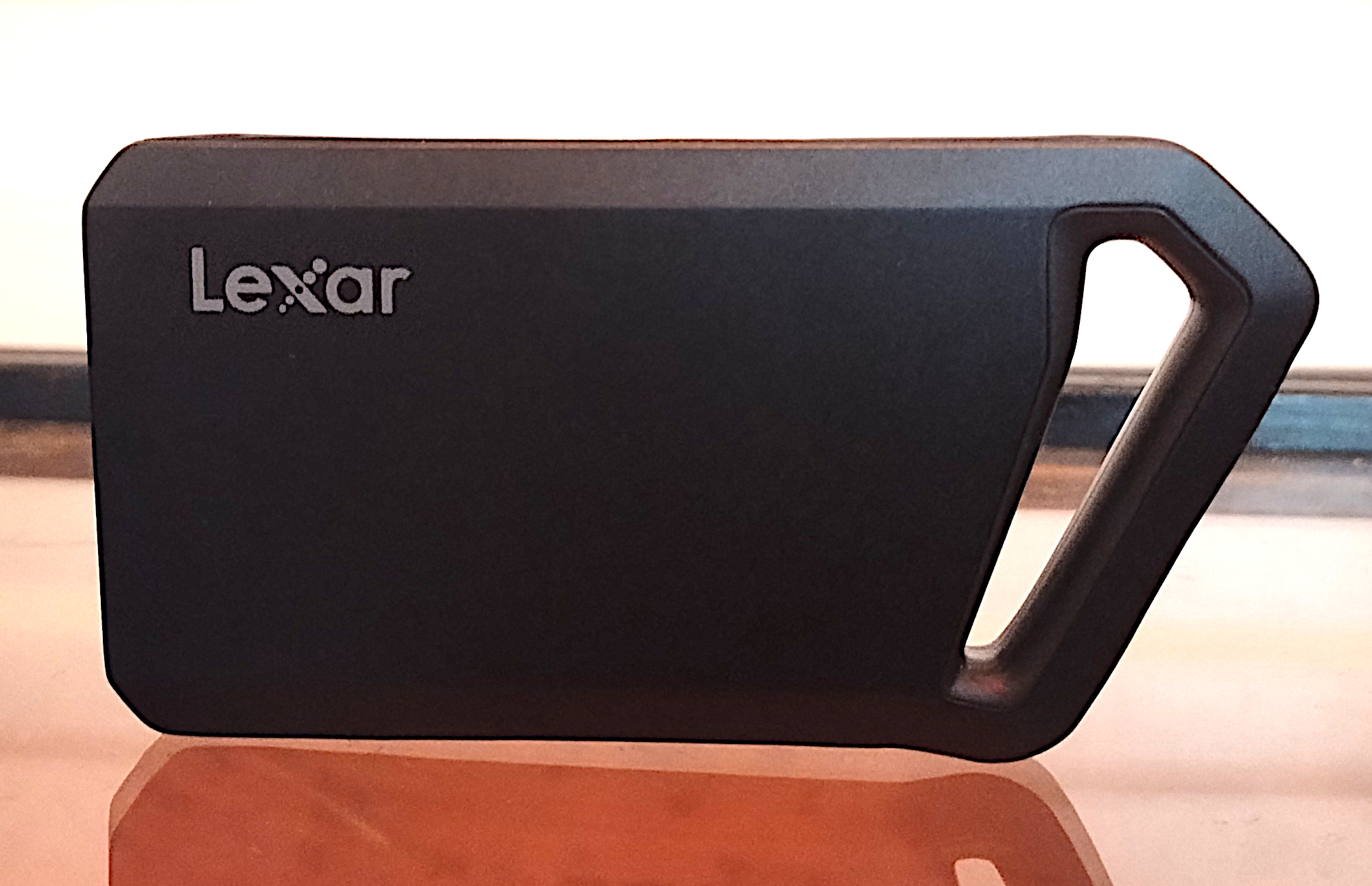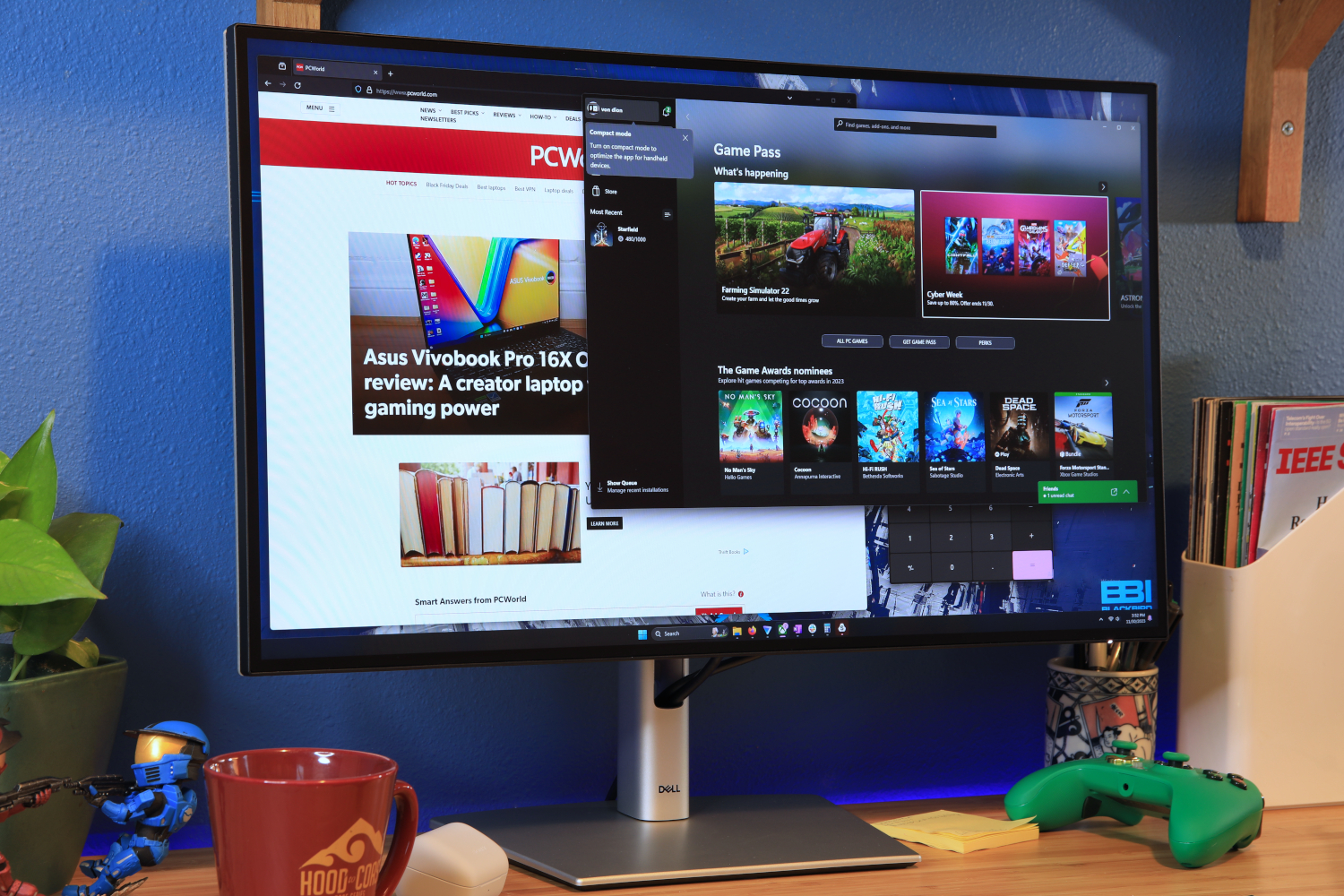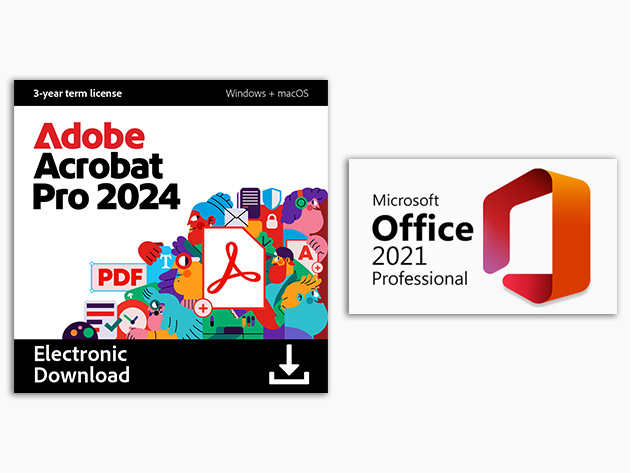The future of laptops is already here: 6 trends making 2025 a breakout year
Generally speaking, every laptop generation is faster and more capable than the one that came before it. But something’s different this year. Between higher performance hardware, more efficient components, a trend towards eco-friendly materials, and laptop designs that aren’t afraid to be weird and experimental, I have to say that 2025 feels like the most exciting year for laptops in many, many years.
Take a look at any of our top laptop lists—whether that’s best laptops overall or best gaming laptops or best laptops for college students—and you’re sure to spot some trends running through each of them. I’m particularly fond of the new crop of ultra-bright and colorful OLED screens, but everyone has their own favorites.
So let’s get into it! Here are some of the top laptop trends that make 2025 one of the most exciting years ever for laptops.
Table of Contents
Repairability and eco-conscious designs
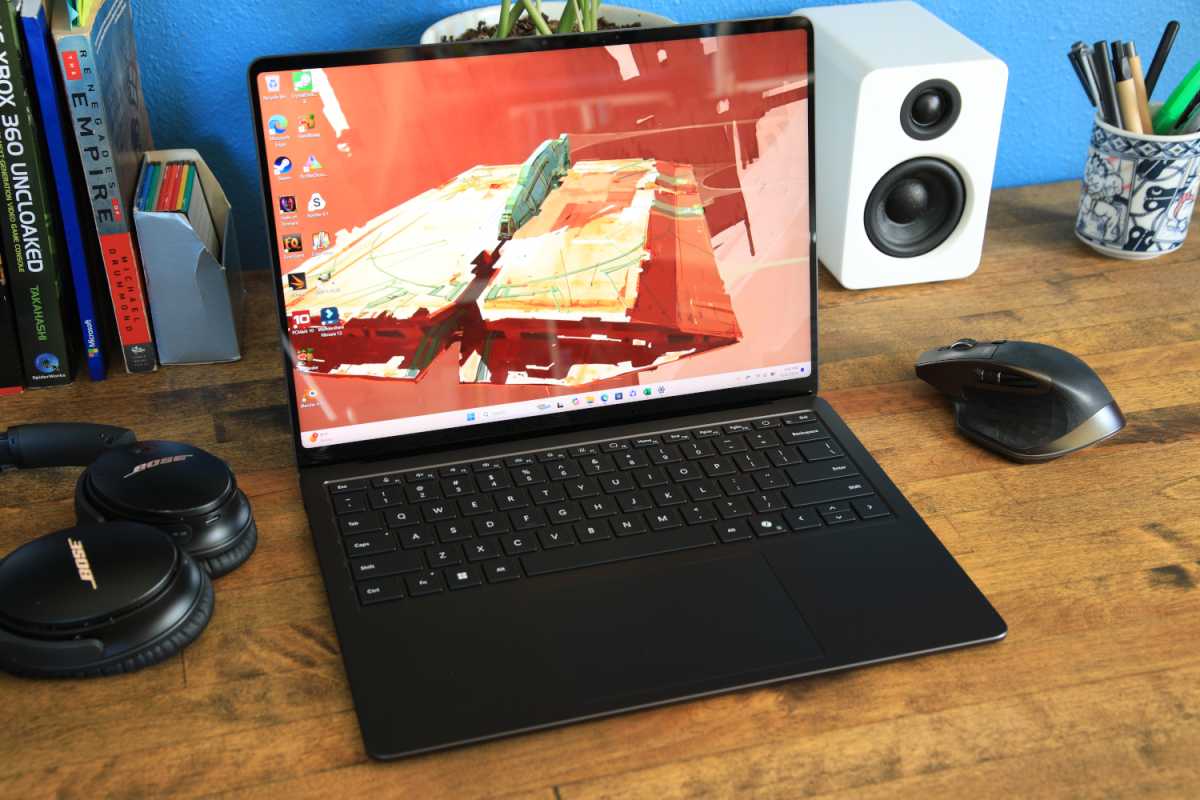
Matthew Smith / IDG
Many major laptop brands have made big inroads in improving their environmental standards lately, and this year they’ve really kicked into high gear. In just about every top laptop model, you’ll find a range of recycled materials (like recycled steel and aluminum), plus lowered emissions during manufacturing and greener packing materials. Dell, HP, Lenovo, and others are all pushing towards circularizing the economy of laptop production, with most targeting a completely net-zero manufacturing footprint by 2040 or 2050.
Today’s laptops are more repairable than ever, too, helping them to last longer. A look at iFixit’s recent laptop teardowns shows that most of the latest tested models feature high repairability scores. Popular devices like the Surface Laptop 7 make it easy to access internal components, and even Apple—with its famous love of glue and proprietary screws—allows for battery replacement in the latest M4 models.
Fanless designs cut down on moving components, too, further enhancing longevity by reducing potential points of failure. If you’ve been thinking about it, now’s a good time to switch to an eco-friendly laptop.
OLED hits the mainstream
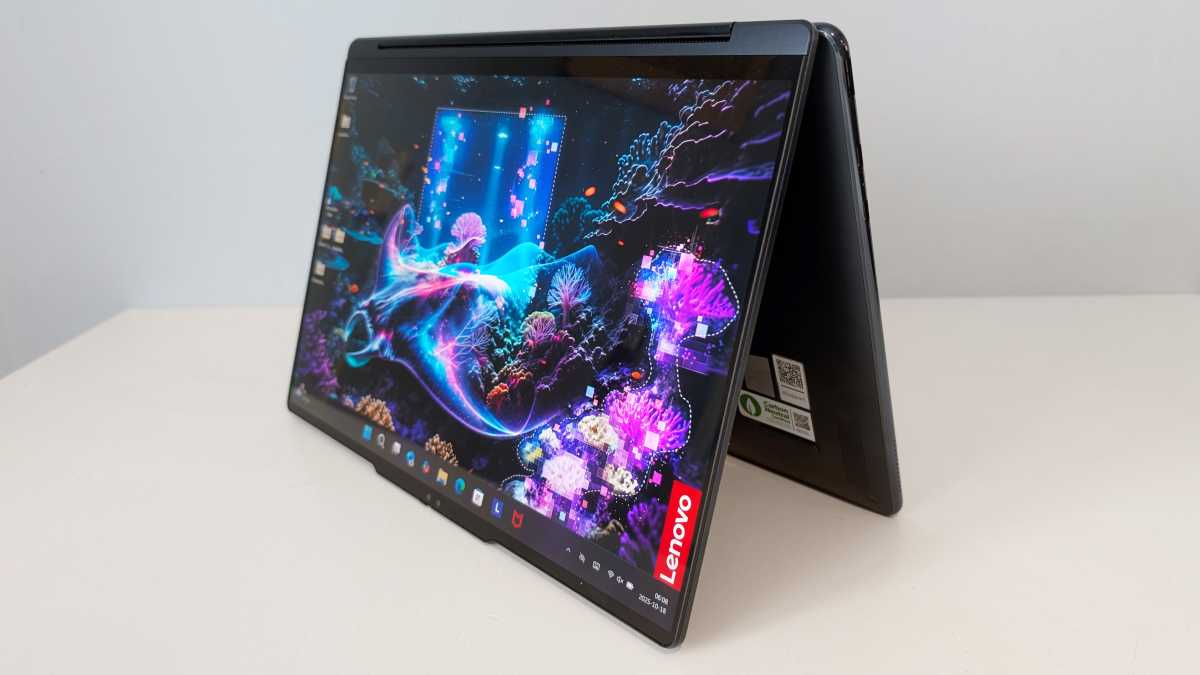
Mattias Inghe
For years, OLED was considered a premium option with an appropriately premium price tag that kept it beyond reach of most consumers. Indeed, in TVs and gaming monitors, OLED is still a lot more expensive than the alternatives—but in laptops, OLED is practically mainstream now.
OLED is still the premium option compared to more traditional LCD options, but it doesn’t cost that much more. Plus, a lot of the usual issues associated with OLED screens (like burn-in and low brightness) have been solved with updated forms of the technology. Just look at the gorgeous screen on the Lenovo Yoga 9i!
OLED screens are also available in a range of different styles now. Alongside dual-OLED laptops like the Asus Zenbook Duo, we also have high-refresh-rate OLEDs for competitive gaming (like the Acer Predator Helios Neo 16S AI), various folding OLED laptops, and even a rollable OLED display in the Lenovo ThinkBook Plus Rollable.
Upgradeable, modular laptops
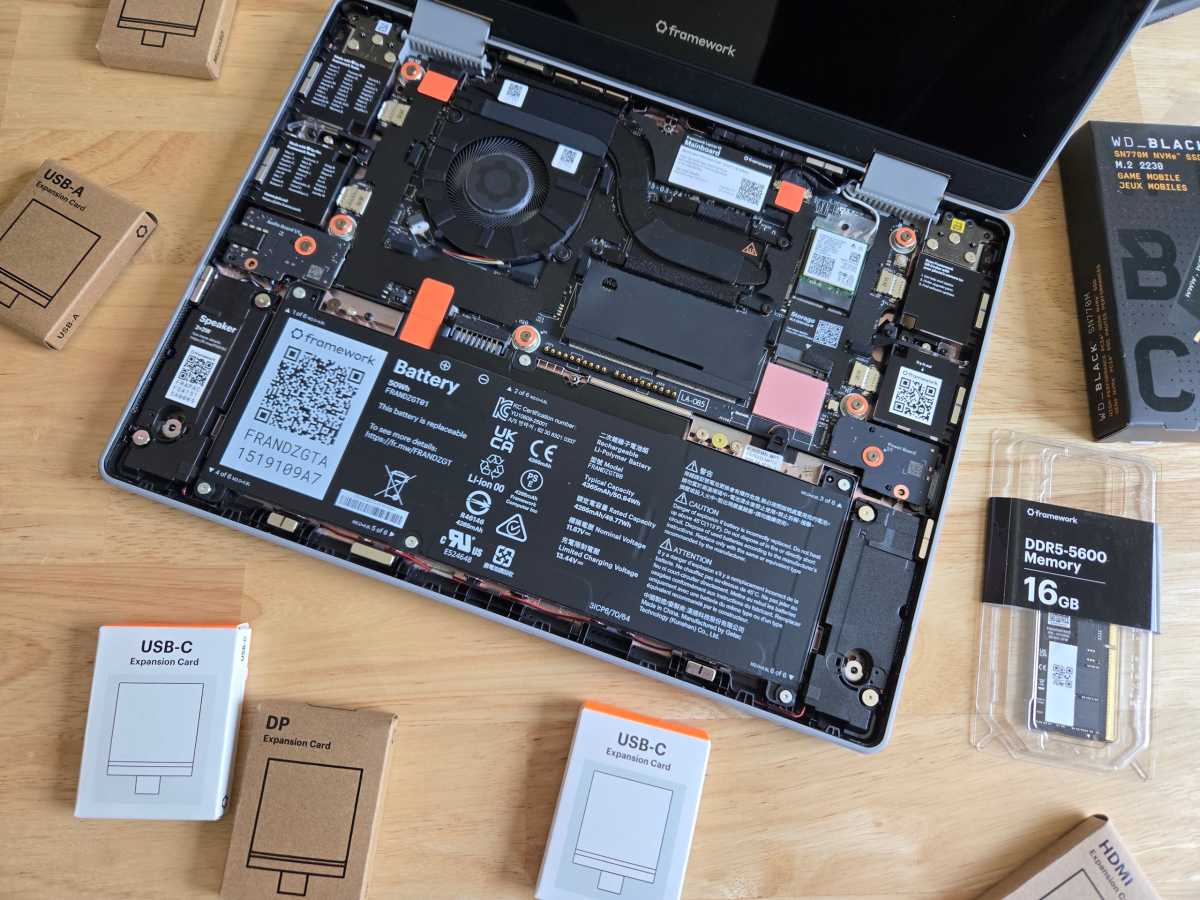
IDG / Chris Hoffman
Framework really led the way on this initiative and its latest Laptop 12 is the most exciting yet. Available with the most cutting-edge components in a range of sizes and numerous upgradeable modules, it’s a laptop design that can evolve with you as you need it. The whole concept of a modular laptop is awesome, bringing the LEGO-style customizability of a desktop PC build to the portable form factor of a laptop.
Although no other company is going quite this far with their laptops yet, the idea is catching on. Panasonic’s Toughbook 55 MK3 came out last year with a range of upgradeable modules. Compal debuted its Adapt X concept earlier this year as a potential option for OEM customers (and even won a design award for it). Intel is also evangelizing the idea of modular PCs for two big reasons: the environmental impact and the way it supports “right to repair” laws.
Not every laptop is going modular—far from it—but the concept has proven popular enough for Framework to remain in business after all these years (and tariff troubles). Maybe a few other laptop manufacturers will start to ape its success in due course.
Thinner and lighter but still powerful
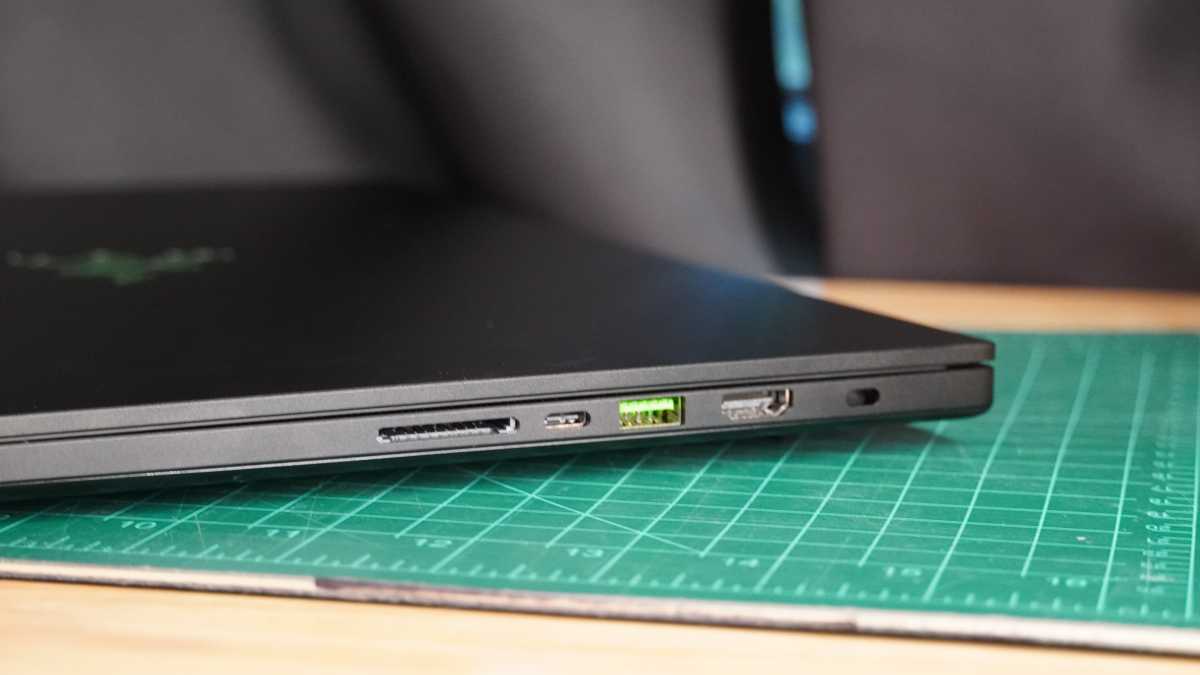
IDG / Mark Knapp
The latest generations of graphics cards and processors aren’t that much better than their predecessors, but they sure do work well in thinner and lighter laptop designs.
Razer shaved down the chassis on its flagship Blade 16 laptop by as much as 30 percent this year, helping it weigh in at just over 3.5 pounds—all while granting access to RTX 50-series GPUs and top-shelf CPUs from AMD and Intel. Classic thin-and-light designs (like the Asus ROG Zephyrus G14) are as thin and light as ever yet offer more performance thanks to the latest CPUs and graphics chips. Most of them also pack OLED displays, too! A double whammy of goodness.
There are also updated versions of powerful gaming tablets (like the Asus ROG Flow Z13), which are just a couple of pounds yet have cutting-edge CPUs. At the super lean end, you have devices like the Microsoft Surface Pro 7 (2025), which only weighs 1.5 pounds. (Not much in the way of high-end graphics here, but given how slim these devices are, that can be excused. You have to be realistic about these things.)
20+ hours of battery life is the new norm
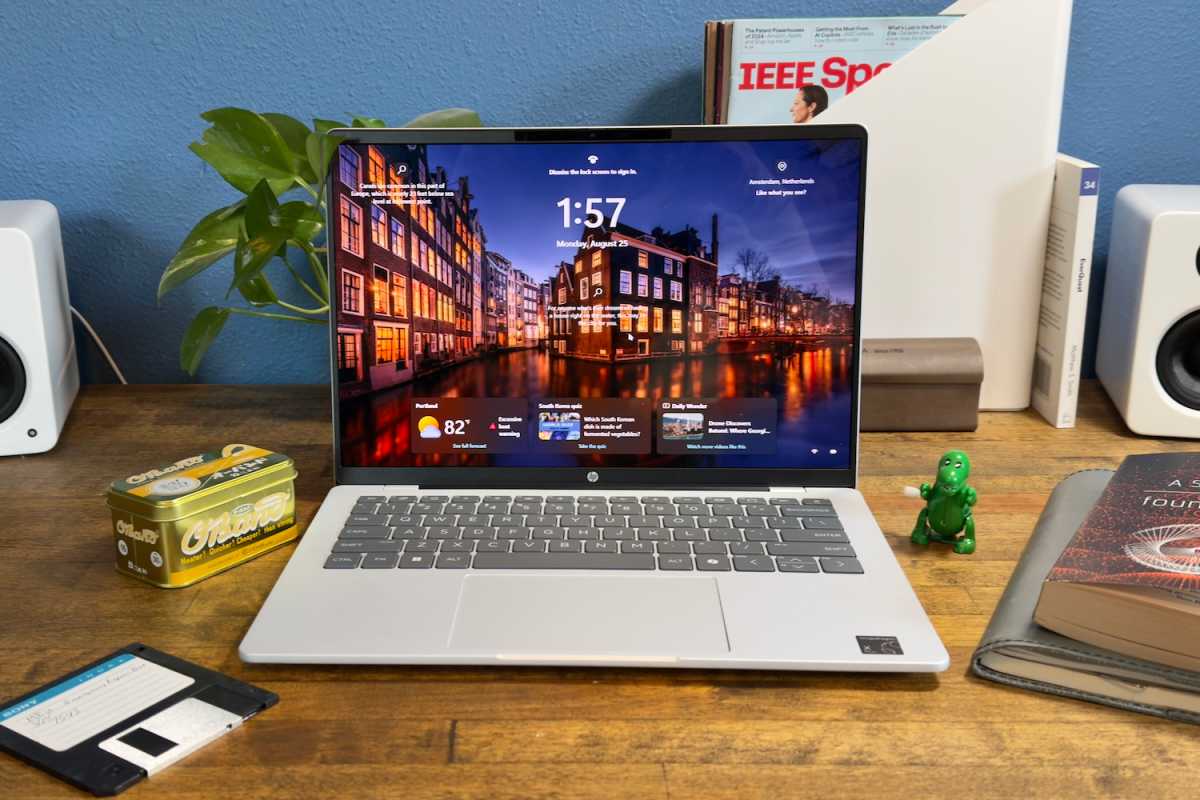
IDG / Matthew Smith
We have Windows on Arm to thank for this trend. But whether a laptop uses one of those particular models (like Qualcomm’s Snapdragon X range) or one by AMD or Intel (who have been forced to play catch up), there are plenty of modern laptops with 20+ hours of battery life. It’s no longer just the calling card of Apple’s leanest MacBooks. Some gaming laptops, like the Razer Blade 16, can even last for up to 10 hours on a single charge (as long as you aren’t gaming).
The combination of more efficient hardware, advanced power management algorithms, and larger batteries in slimmer designs means there are some models like the Lenovo IdeaPad Slim 3x and HP OmniBook 5 14 that get close to 30 hours of battery life on a single charge—an impossibility just a few years ago.
If this has caught your attention, check out our roundup of the longest battery life laptops we’ve ever tested.
Local AI is cropping up everywhere
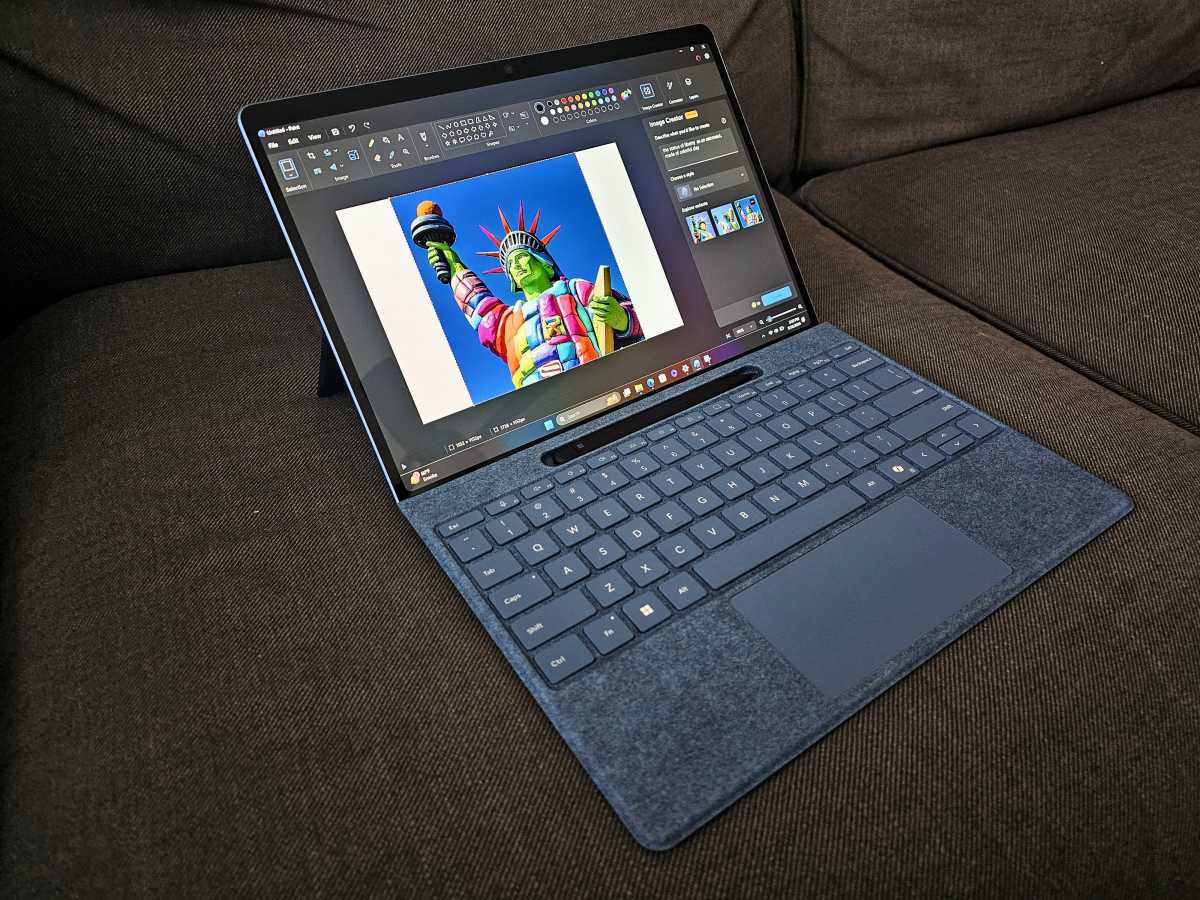
Mark Hachman / IDG
If there’s one marketing term that has taken over the lexicon in 2025, it’s gotta be “AI.” Apart from the obvious ChatGPT trends, Microsoft also pushed hard with its “Copilot+ PC” nomenclature reserved for laptops with qualifying NPUs (neural processing units) with enough performance to handle local AI functionality directly on said laptops instead of sending the work off to the cloud. (Learn more about NPUs in laptops.)
Almost every high-end laptop in 2025 is geared to include AI in some form or another, and it’s not just Microsoft integrating Copilot via Microsoft 365 and Windows 11. Samsung laptops have integrated AI Select and Photo Remaster. HP has an AI companion. Several others have AI translation services and photo beautification effects.
The usefulness of such AI features might be dubious, but they exist, can’t be ignored, and have been a major laptop selling point this year.




